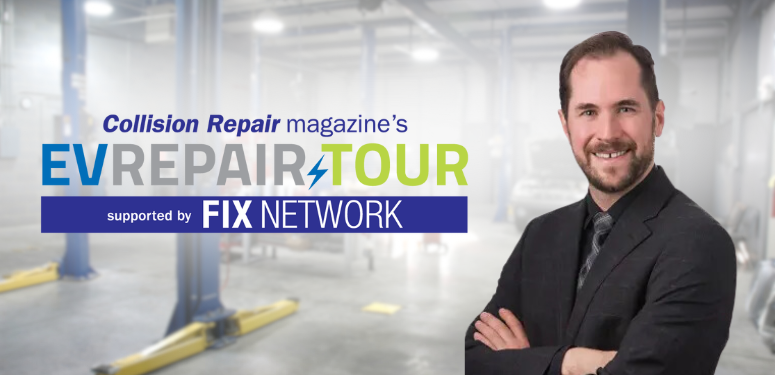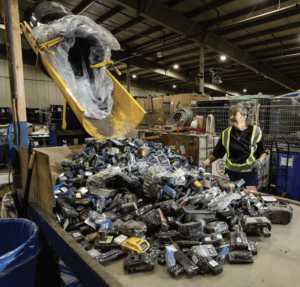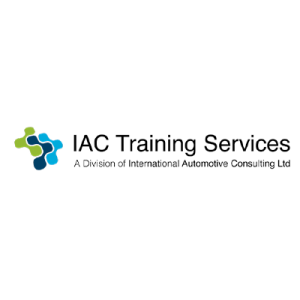Halifax, Nova Scotia — Collision Repair magazine concluded its cross-Canada EV Repair Tour, supported by Fix Network, this October, with a final stop in Halifax, Nova Scotia.
This event, which featured stops in Toronto, Ontario; Saskatoon, Saskatchewan; Calgary, Alberta; Vancouver, British Columbia; Montreal, Quebec, and Halifax, Nova Scotia, brought all verticals of the collision repair industry together. The goal: to present expert EV speakers to industry members so they may gain the EV knowledge required to take on EV repairs and claims.
The events featured a broad audience at each and every location. Attendees included collision repair facility owners and personnel; insurance representatives; OEMs; suppliers; distributors; educators and more.
“There was so much information made available to the industry throughout this landmark EV Repair Tour,” said Daryll O’Keefe, senior vice president of Fix Network Canada. “It is exceedingly important that the industry understands these high-voltage systems. The time to learn about electric vehicles is now—and we at Fix Network are honoured to have been part of this incredible cross-Canada tour.”
Andrew MacDonald, owner of Maritime Auto Salvage and two Fix Auto locations, spoke at the Halifax event. His presentation focused on the steps post-EV-collision.
The first step in any collision is rescue and extraction—depending on severity—then vehicle storage, handling procedures and PPE are just a few things to consider.
“All EV collisions are different—have you thought about towing considerations, too?” said MacDonald.
The first step, depending on severity, is on first responders, who must safely extricate the driver and any passengers. First responders are constantly undergoing training to address the changing Canadian car fleet and the growing frequency of EV collisions.
“When we’re in the shop, we have the same diagrams that tell us which wires are safe to cut. The difference is that first responders have minutes to complete the whole process. Waiting five minutes to figure it out, or to wait for the fire to die down—it’s just not an option.”
Next, the vehicle is sent to a tow yard, auto recycler or auto repair facility, in most cases.
“If you handle those services, you need to be prepared to receive these vehicles. What if you’re closed on a Saturday and they come and drop it? Think about what needs to be ready to safely receive that car. You’re going to need a designated spot.”
Thermal runaway—while rare, said MacDonald—can send an EV ablaze at more than 3,000 degrees Fahrenheit for two hours or longer, requiring between 4,000 gallons and 6,000 gallons of water to put out. Storage of damaged EV systems is a paramount consideration.
“If a vehicle catches fire and it’s sitting next to another vehicle, or inside your building, that’s a massive risk.”
MacDonald did specify that EV batteries are rarely penetrated in collisions—about three percent to five percent of the time. As a recycler, MacDonald must pull the EV battery from the car, should one end up in his yard.
“It’s a real question for us, whether it’s safe on the shelf; where I’m going to store it; how do I ship it if someone buys it? Could it burn my facility down? Maybe.”
Handling procedures, too, must be understood by all staff interacting with high-voltage technologies. This includes lockout and interlock procedures, a standard in companies that deal with EVs.
MacDonald then delivered some fast facts regarding EV claims. Seventy-eight percent of all EV estimates are less than three years old, he said, and less than one percent of EV claims are total losses. Total losses are typically routed to auction channels, auto recyclers or exporters.
“At the end of the day, I think a lot of these EV parts [received by recyclers] will be sent to recycling to recover the precious metals and valuable parts,” said MacDonald.
View videos from the other EV Repair Tour Halifax speakers here.



























